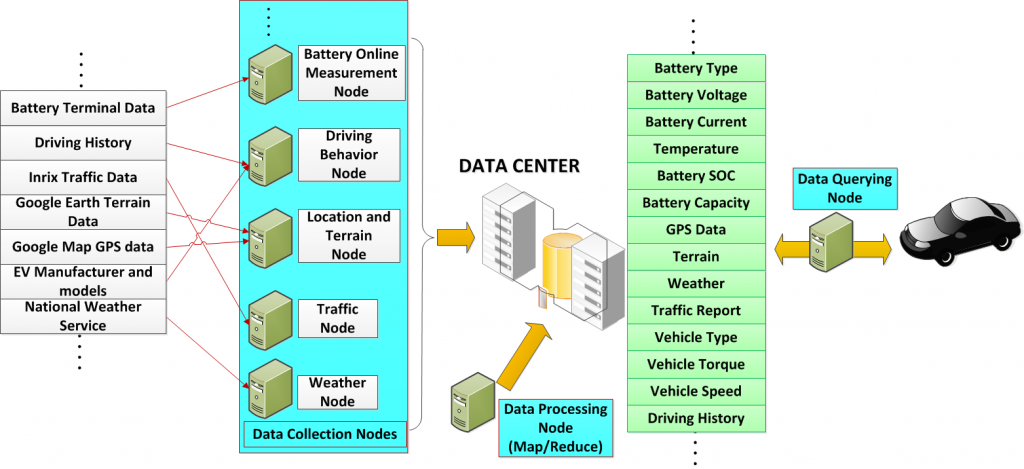Y. Tipsuwan, M.-Y Chow, “Neural Network Middleware for Model Predictive Path Tracking of Networked Mobile Robot over IP Network,” IEEE IECon’03, Roanoke, VA, Nov 2 – Nov 6, 2003.
Y. Tipsuwan, M.-Y. Chow, “An Implementation of a Networked PI Controller over IP Network,” IEEE IECon’03, Roanoke, VA, Nov 2 – Nov 6, 2003.
Y. Tipsuwan, M.-Y. Chow, “On the Gain Scheduling for Networked PI Controller Over IP Network,” 2003 IEEE/ASME International Conference on Advanced Intelligent Mechatronics, Port Island, Kobe, Japan, July 20-24, 2003.
Y. Tipsuwan, M.-Y. Chow, “Gain adaptation of mobile robot for compensating QoS deterioration,” Proceedings of IECon’02, Sevilla, Spain, November 5 – 8, 2002.
Y. Tipsuwan, M.-Y. Chow, “Network-Based Controller Adaptation Based On QoS Negotiation and Deterioration,” IECon01, Denver, CO, Nov.28-Dec.02, 2001, pp. 1794 -1799.
Y. Tipsuwan, M.-Y. Chow, “Network-based control adaptation for network QoS variation,” MILCOM 2001, October 28-31, 2001, McLean, VA, pp. 257-261.
M.-Y. Chow, Y. Tipsuwan, “Gain Adaptation of Networked Dc Motor Controllers on QoS Variations,” IEEE Transactions on Industrial Electronics, Vol. 50, no. 5, October, 2003.
Y. Tipsuwan and M.-Y. Chow, “Control Methodologies in Networked Control Systems,” Control Engineering Practice, vol. 11, 2003, pp.1099-1111.
M.-Y. Chow, “Methodologies in Time Sensitive Network-Based Control Systems,” 2003 IEEE/ASME International Conference on Advanced Intelligent Mechatronics, Port Island, Kobe, Japan, July 20-24, 2003.
M.-Y. Chow, Y. Tipsuwan, “Real Time Network-Based Control System,” IEEE IECon 2002 Tutorial, Sevilla, Spain, November 5, 2002.
M.-Y. Chow, Y. Tipsuwan, “Network-Based Control Systems: A Tutorial,” Proceedings of IEEE IECon 2001 Tutorial, November 28 – December 2, Denver, CO, pp. 1593 -1602.








